|
Back
Courtyard
(Gardens & Hambar)
The
back court was designed for
stabling horses,
cows, pigs and chickens; and provided roaming
for the animals
including geese and ducks;
vegetable gardens and
grape vineyards.
Hambar of Roswita & Adam
Csonti, Billed, RO.,
Banat, 2004.
(©Jody McKim Pharr)
|
|
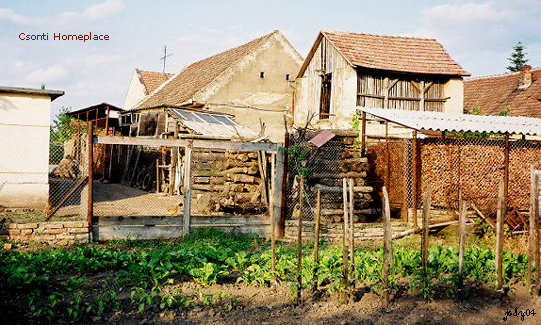
|
|
The
Hambar 'Corncribs' in Europe.
The European hambar is a ventilated
storage place, mostly used to dry corn.
The wind can
blow between the lattice works to dry the corn.
For that reason it is standing by itself. This is a Hambar
in Fibisch, Banat, 2004.
(©Jody McKim Pharr) |
|
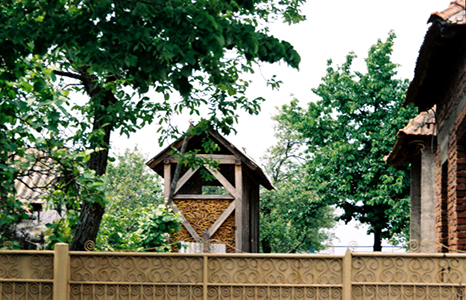 |
Hambar, home place of Roswita
and Adam Csonti, Billed,
RO, Banat, 2004.
(©Jody McKim Pharr)
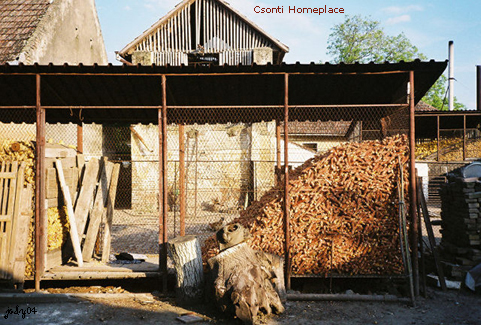
Barn and corn-sheller of Roswita
& Adam Csonti, Billed,
RO., Banat, 2004.
(©Jody McKim Pharr)
Vegetable garden of Roswita
and Adam Csonti, Billed,
Banat, RO., 2004.
(©Jody McKim Pharr)
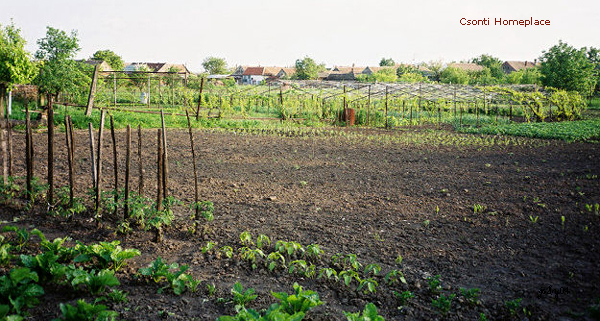
Back court
in Indija, Syrmia,
showing a hambar. (Contributed by
Hans Kopp)
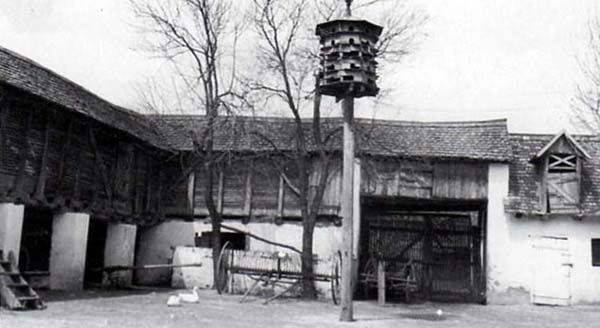
A farmer loading the wagon
with manure,
Filipowa, Batschka. (Contributed by
Hans Kopp)
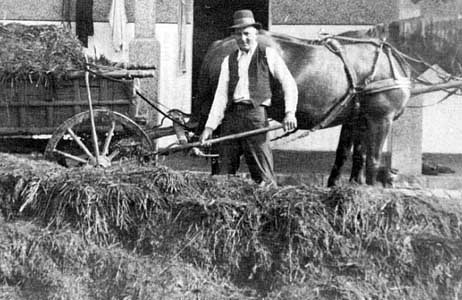
A farmer raising pigs, Ernsthausen, Banat. (Contributed by
Hans Kopp)
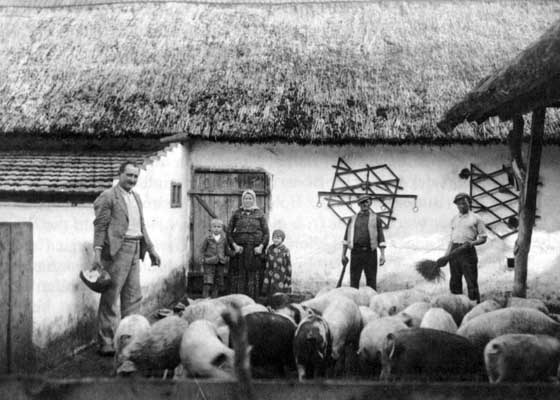
Back Court, Jarek, Batschka. (Contributed by
Hans Kopp)
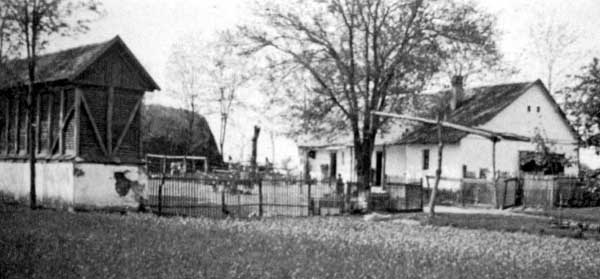
A home garden, Altker, Batschka. (Contributed by
Hans Kopp)
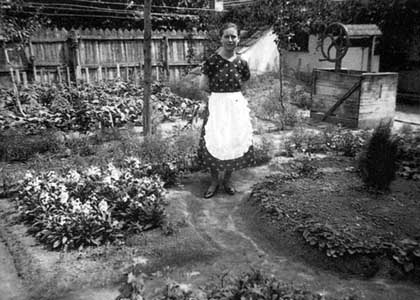
Two sisters of the Saller family with their
dolls and their ducks. (Contributed by
Hans Kopp)
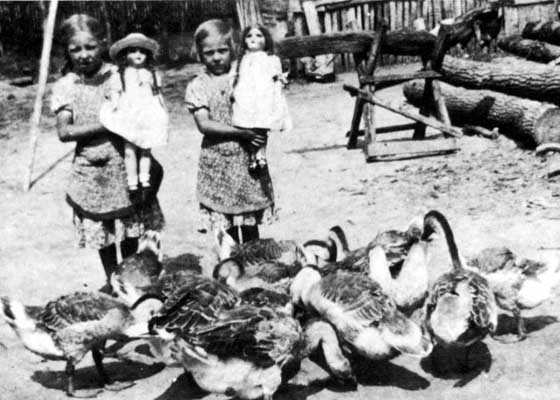
Helmut Bundus of Altker,
Batschka as a little boy
with the chicken in the
back court. (Contributed
by
Hans Kopp)
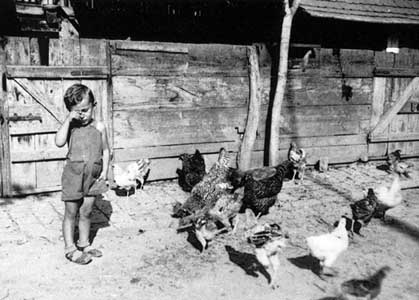
A
farmer taking his manure
to the field with a cow
wagon in Sathmar. Notice
the typical Hungarian
Longhorn cows.
(Contributed by
Hans Kopp)

A
Salasch in Gakowa,
Batschka. (Contributed
by
Hans Kopp)
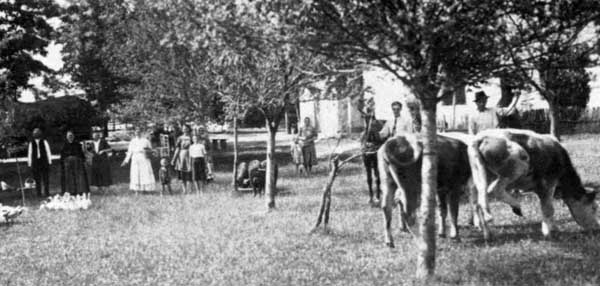
The
large farm of Andreas
Rollinger near
Ernsthausen, Banat on
his last day at his
home. The picture was
taken just hour before
the family fled their
home under the
protection of the German
Army in 1944. The horses
ready to pull the wagons
on a trek fleeing from
the oncoming Russian Red
Army only days away.
(Contributed by
Hans Kopp)

Unforgotten
German
Apatin
childhood
"Apatin"
in
Serbia
http://fischwasser-anna-und-pter-dez-44-45.blogspot.com/2009/12/unvergessen-deutsch-apatin.html
Start site:
http://fischwasser-anna-und-pter-dez-44-45.blogspot.com/
[Published at
DVHH.org 17
Feb 2007 by Jody McKim Pharr]

|




